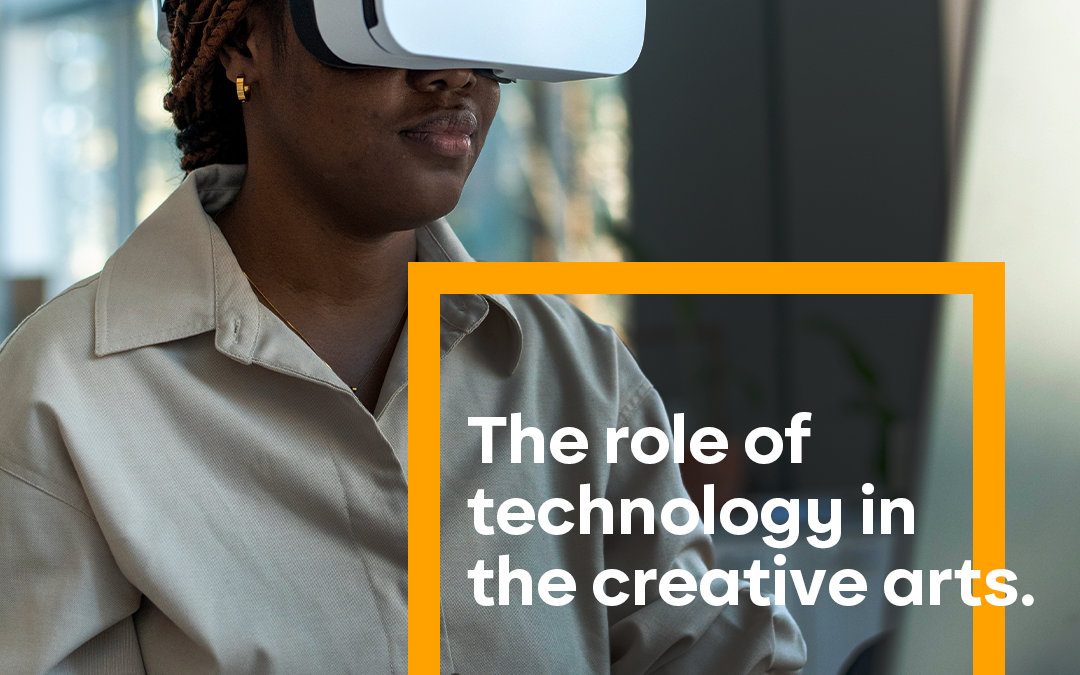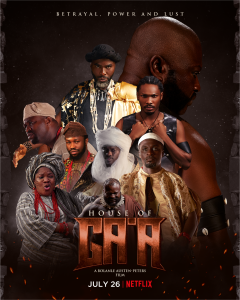In today’s contemporary digital landscape technology has become an integral part of the creative arts industry. The rise of digital technology and software tools has created new opportunities for artists and creatives to explore new forms of expression, collaborate across distances, and reach wider audiences. However, with these opportunities come new challenges and complexities that require a nuanced approach to the use of technology in the creative arts.
One of the significant opportunities technology has brought to the creative arts is the ability to reach a broader audience. With the internet and social media, artists can now share their work with people from different parts of the world. This has made it easier for artists to gain exposure, build a fan base, and even monetize their work. Furthermore, technology has opened up new avenues for collaboration and cross-disciplinary work in the creative arts. Remote collaboration and cloud-based tools have made it possible for artists and creatives from different locations and disciplines to collaborate on projects in real-time. This has led to exciting new forms of expression and cross-pollination of ideas across disciplines, resulting in innovative and boundary-pushing works of art.
Additionally, technology has made it possible for artists to produce their work more efficiently and at a lower cost. For instance, music producers can now create high-quality beats and instrumentals using music software, eliminating the need for expensive recording studios. Similarly, graphic designers can use design software to create stunning designs without the need for expensive equipment.
However, the use of technology in the creative arts also brings about some challenges. One of these is the issue of originality. With the abundance of tools and software available, it can be easy for artists to replicate or plagiarize someone else’s work. This undermines the value of creativity and originality in the industry. This has led to over-reliance on technology and software tools at the expense of traditional skills and techniques. While technology can provide shortcuts and simplify some aspects of the creative process, it cannot replace the fundamental skills and techniques that underpin the creative arts.
Another challenge is the potential loss of human touch and emotion in the creative process. While technology can enhance the creative process, it can also lead to the creation of art that lacks the human touch and emotion that makes it unique and relatable. It is essential to strike a balance between the use of technology as a tool for creative expression and the need for focus and reflection.
In conclusion, technology has undoubtedly transformed the creative arts industry, providing artists with new opportunities to explore and express their creativity. However, as with any innovation, it also comes with its own set of challenges. The industry must find a way to balance the use of technology with the preservation of originality and the human touch in the creative process. Ultimately, technology should be seen as a tool to enhance creativity, not replace it, and as a means to connect and collaborate with others, not as a substitute for human interaction and collaboration.



















